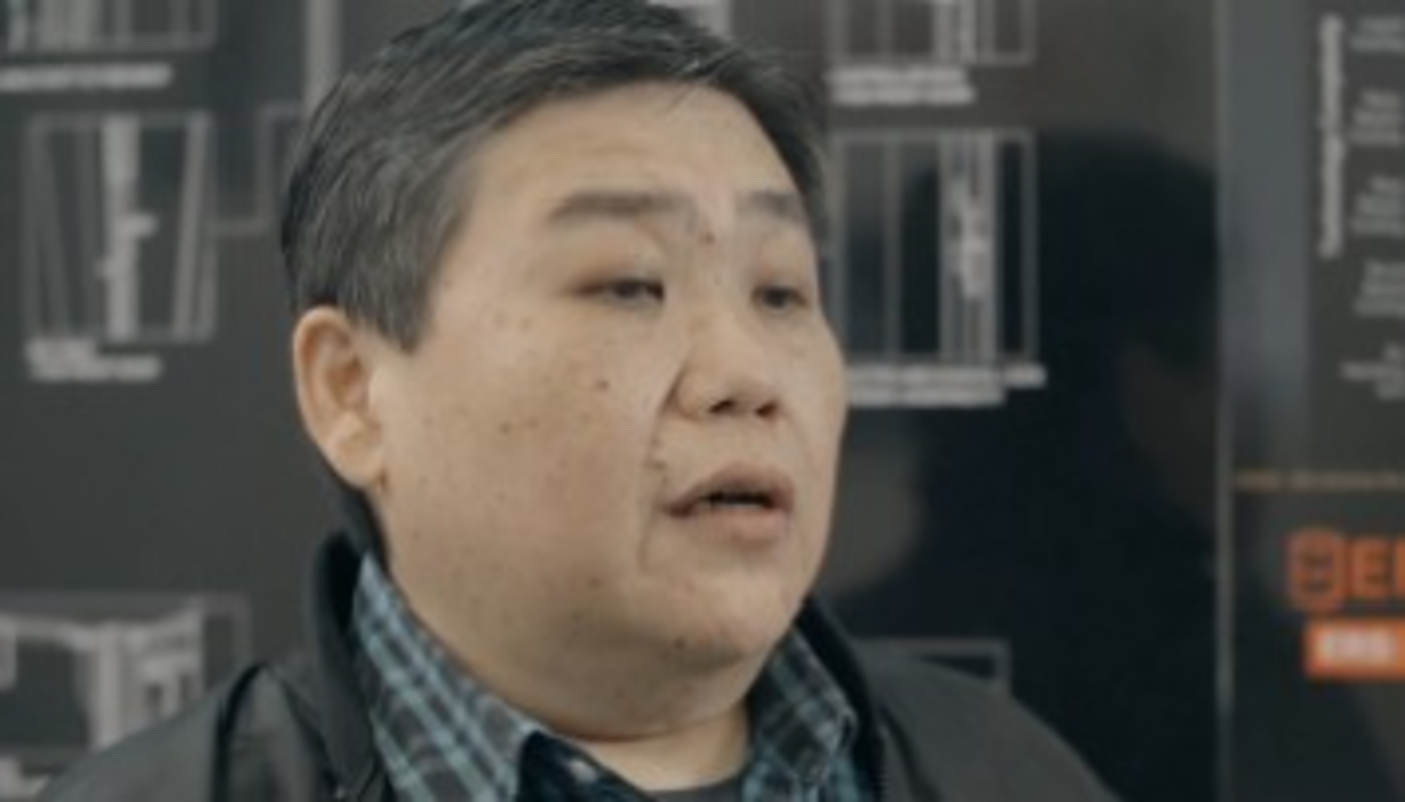PatSnap
One of the biggest challenges businesses face when innovating is to make sure that their ideas are original—something PatSnap’s services can help them to determine. As well as providing the data needed to help others stay out of trouble, the company’s own strategies in dealing with imitators and adapting its branding provide insights into effective IP risk management。
For companies whose innovations are implemented in software and services, risk management is a very ‘live’ issue. In the case of a company like PatSnap, which has invested millions in building its patent data systems, the particular issue is that other firms can copy their idea without having the substance behind it. This is a threat—but as the firm demonstrates, it can also be an opportunity.
Unlike most tools that provide insights into the patenting landscape, which are mainly aimed at IP professionals, PatSnap targets its analytics and databases at teams that are responsible for research and development (R&D) activity. PatSnap founder and Chief Executive Officer Jeffrey Tiong was guided in this by the difficulties he experienced in getting to grips with the wealth of data available while working as an intern at the NUS Overseas Colleges (NOC) programme. He decided to focus on improving the user interface for patent data and making it easier to find relevant information quickly, without having to consult multiple databases.
PatSnap now offers several modules based around its global patent database, with the emphasis on rapid report production. For example, as Business Development Manager for APAC, Laura Choo explains,
"We created an Insights feature, which is an automatic patent report generator. This can look at the value of investment in a particular space or direction you may want to go into, provide valuation data to use as a benchmark, and help you understand what your competitors are doing."
Using intelligence to avoid risks and find opportunities
PatSnap is at the heart of helping companies make sure their inventions really are novel. However, as Client Success Manager Joffre Ng explains, R&D teams have different priorities from IP professionals when it comes to the information they are seeking. For a start, while large teams may also be interested in identifying possible infringement, smaller ones are normally concerned with assessing the risks and benefits of possible market entry.
"Filing a patent is not the endpoint they’re looking for. Avoiding losses, avoiding litigation and creating more collaboration opportunities are the key angles; so rather than freedom to operate, they may be looking for freedom to collaborate. Alternatively, they may be looking to make sure that they can get to the market first."
PatSnap’s research indicates that users do not usually tend to look negatively at results indicating that their idea is not new, because they are using the service to save money as well as to find opportunities to make money. A company may discover that there is no need to spend R&D budgets developing its own solution to a problem because someone else has already done so for them.
Joffre adds:
"We also see in current R&D spending that there is a lot more justification required from the team itself before any project is going to kick-start. It’s all about accountability. It’s not just about helping you find the answers, it’s also about you being able to get the message across and pitch it to someone else."
Dealing with the risk of copycats
PatSnap has to cope with competition on several fronts. Some companies may choose to copy the branding and the way the company presents its service; others may pass themselves off as offering similar data and intelligence.
PatSnap prefers to use another, different name in China (Zhi Hui Ya, or 智慧芽). As Joffre explains,
"We can’t sell everywhere as PatSnap. Our Chinese name roughly translates as ‘bud of wisdom’, which describes what we are about—delivering insights to companies."
Trade mark registration is one of the ways in which the company safeguards its reputation. Joffre says,
"The first international trade mark was filed in China, which was the first overseas market we tapped into. It was very important that we obtained protection for it."
From the outset, PatSnap has had to get used to the idea of copycats, especially in the Chinese market. There have been quite a few imitators, and some of their copying has been fairly blatant. For example, as soon as PatSnap expands into the provision of a separate platform, to facilitate searches in highly complex areas such as chemicals and genomic sequences, others pile in.
"As soon as we launch a certain new vertical, they all try to come in with the same one. If we want to get a good foothold in China, we have to accept that there will be competition coming in. In many ways, we quite like copycats. It’s a good compliment for us, and it’s also a very good way for us to demonstrate that we are superior. Once you’ve tried the free version that they come up with, you will see the difference that we have, and realise you need more—and you might not otherwise have looked at PatSnap. Our idea is to come up with product approaches that you can see, but you won’t be able to copy; it boils down to what kind of data and IP you are creating."
Laura agrees:
"I think we accept the fact that there will be competition regardless. We are confident that we can do it better on the back end."



Book a complimentary chat with us to learn how you can leverage on your IP.
Book IA Chat Session


